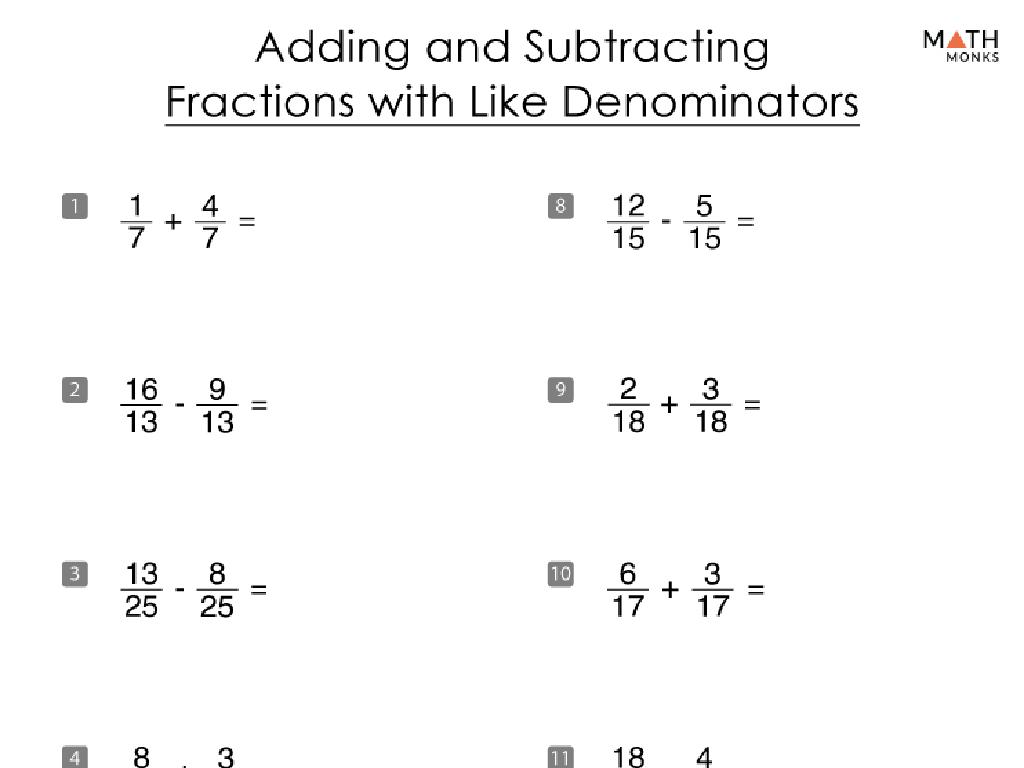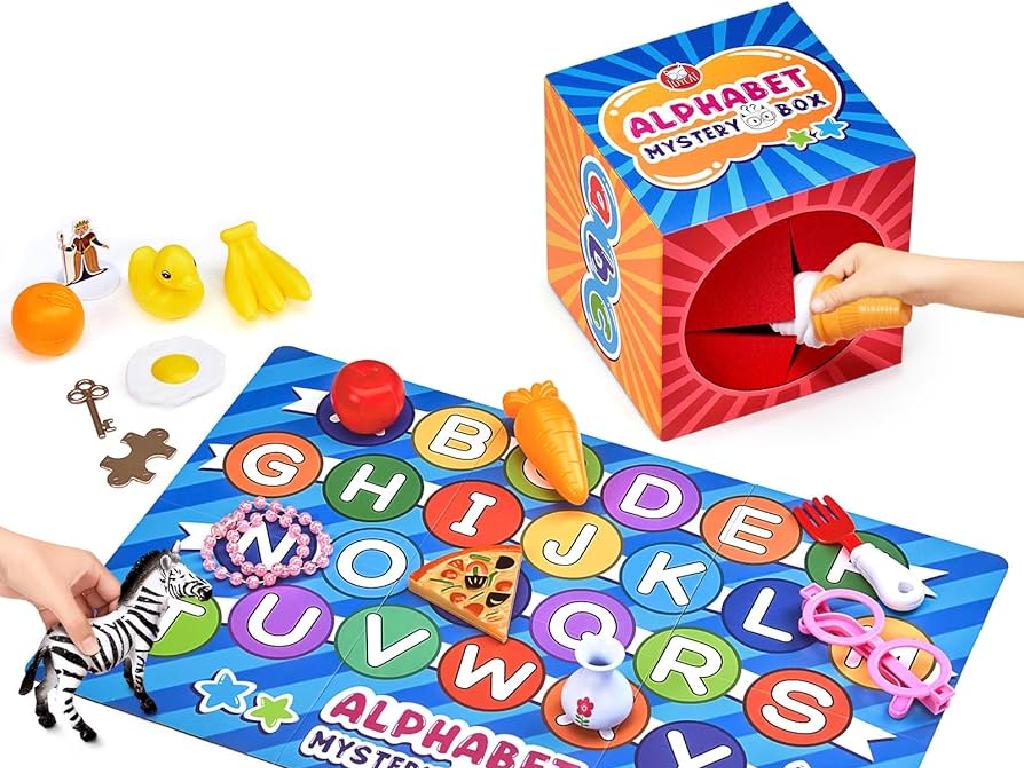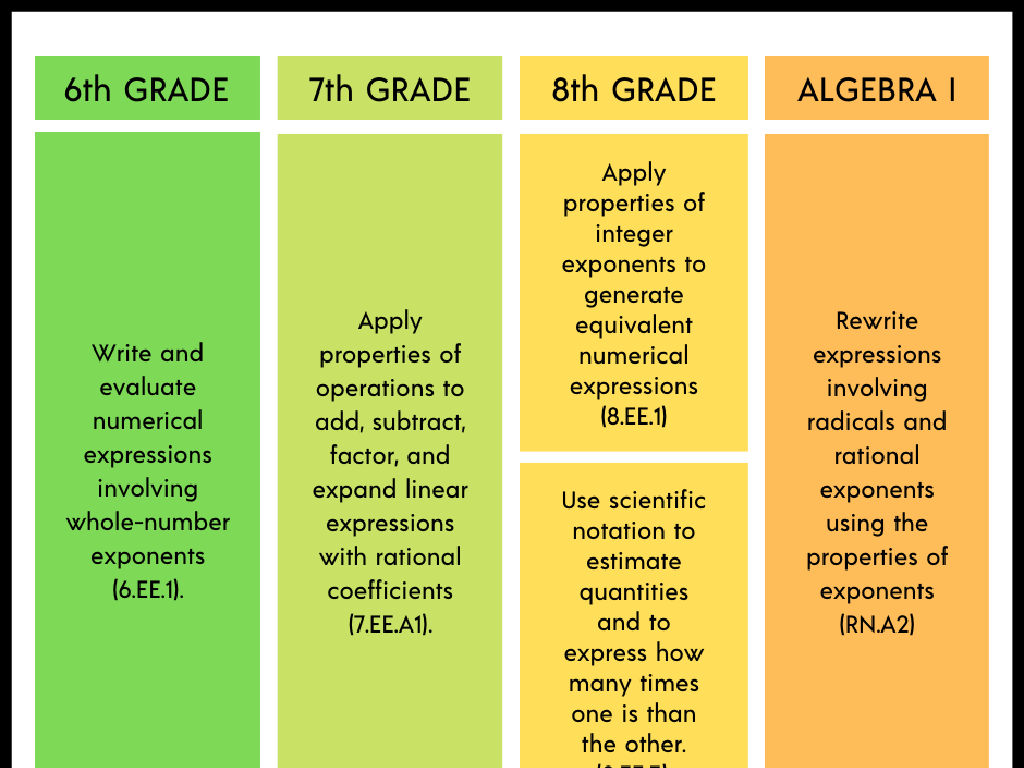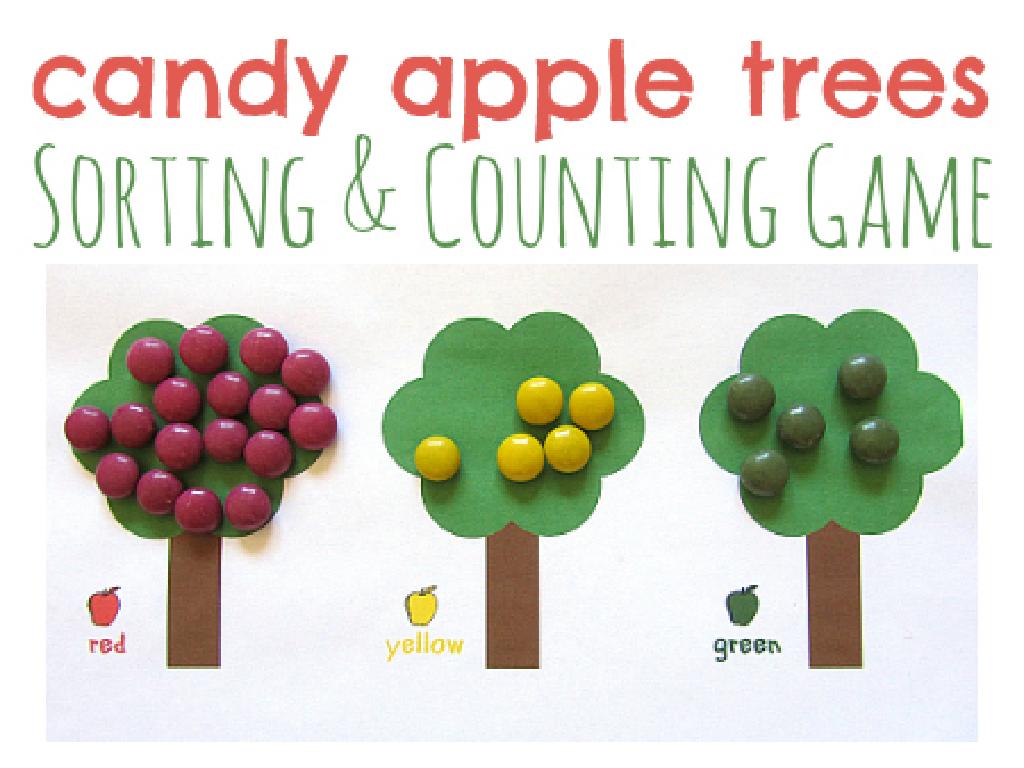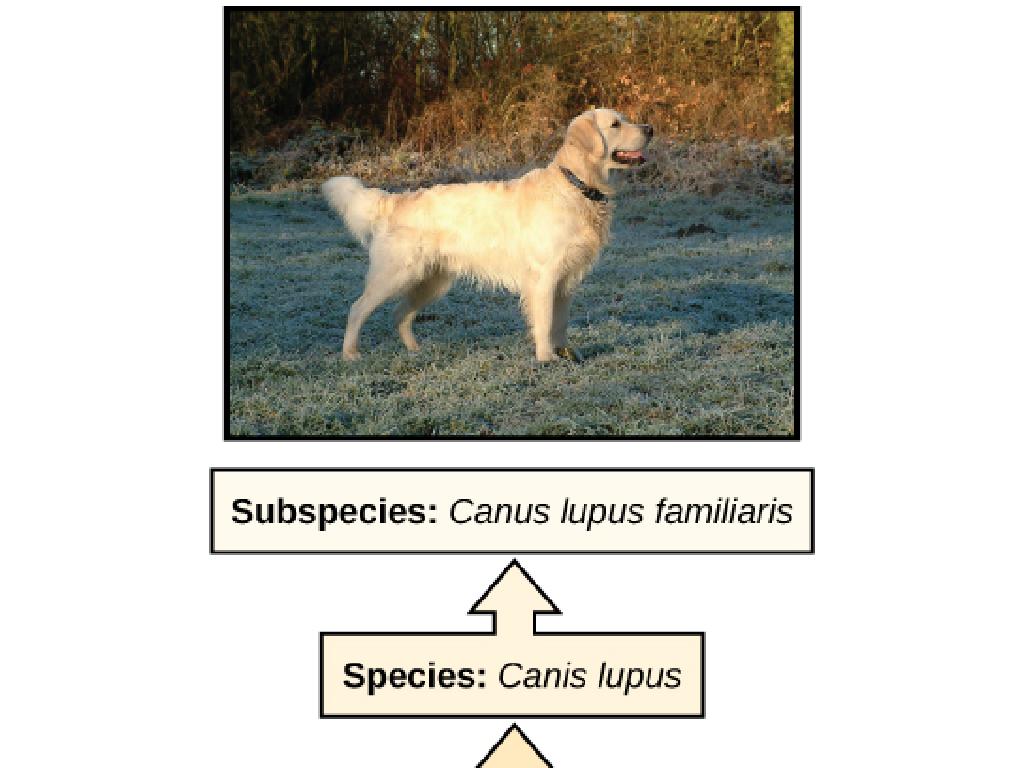Use Reflexive Pronouns
Subject: Language arts
Grade: Fifth grade
Topic: Pronouns
Please LOG IN to download the presentation. Access is available to registered users only.
View More Content
Today’s Focus: Reflexive Pronouns
– Pronouns in sentences
– Reflexive pronouns explained
– Words that refer back to the subject of the sentence, like ‘myself’, ‘yourself’
– Examples of reflexive pronouns
– ‘I did the homework myself.’ ‘She baked the cake herself.’
– Practice using reflexive pronouns
– We’ll use sentences to practice ‘myself’, ‘yourself’, ‘ourselves’
|
This slide introduces reflexive pronouns to the students. Begin by discussing the general role of pronouns in sentences, which is to take the place of nouns. Then, move on to explain reflexive pronouns specifically, emphasizing that they are used when the subject and the object of the sentence are the same. Provide clear examples using ‘myself’, ‘yourself’, ‘himself’, ‘herself’, ‘itself’, ‘ourselves’, ‘yourselves’, and ‘themselves’. After explaining, engage the students with practice sentences where they can fill in the blanks with the correct reflexive pronouns. This will help solidify their understanding through application.
Understanding Pronouns
– Pronouns replace nouns
– Avoid repeating nouns
– Examples: he, she, it, they
– Instead of ‘Lisa is happy. Lisa smiles.’, say ‘Lisa is happy. She smiles.’
– Reflexive pronouns: myself, ourselves
– Used when the subject and object are the same: ‘I taught myself.’
|
Begin with a quick review of what a pronoun is, emphasizing its role in replacing nouns to avoid repetition and make sentences smoother. Provide common examples of pronouns such as ‘he’, ‘she’, ‘it’, and ‘they’. Then, introduce reflexive pronouns, explaining that they are used when the subject of the sentence is also the object. Give examples and encourage students to come up with sentences using reflexive pronouns to reinforce the concept. This will prepare them for more complex exercises involving reflexive pronouns.
Understanding Reflexive Pronouns
– Reflexive pronouns: subject = object
– When the subject does an action to itself, e.g., ‘I taught myself.’
– Singular: ends in ‘-self’
– Use ‘-self’ when talking about one person/thing, e.g., ‘herself’
– Plural: ends in ‘-selves’
– Use ‘-selves’ for more than one, e.g., ‘themselves’
– Examples: myself, ourselves
– ‘I did the homework myself.’ ‘We enjoyed ourselves at the park.’
|
This slide introduces the concept of reflexive pronouns to the students. Explain that reflexive pronouns are used when the subject in the sentence is also the object of the action. Emphasize the difference between singular and plural forms by pointing out the ‘-self’ and ‘-selves’ endings. Provide clear examples for each pronoun and encourage students to come up with sentences using reflexive pronouns. This will help them understand how to recognize and use these pronouns in their own writing and speech.
Using Reflexive Pronouns Correctly
– Reflexive pronouns in sentences
– Pronouns ending in ‘-self’ or ‘-selves’, used when the subject and object are the same
– Not a replacement for personal pronouns
– Unlike ‘he’, ‘she’, or ‘they’, reflexive pronouns cannot be used to replace subjects or direct objects
– Emphasize self-action by the subject
– They show that the subject of the sentence is performing the action on itself, like ‘She taught herself.’
|
This slide aims to teach students how to use reflexive pronouns, such as ‘myself’, ‘yourself’, ‘himself’, ‘herself’, ‘itself’, ‘ourselves’, ‘yourselves’, and ‘themselves’. These pronouns are used when the subject of the sentence is also the object. It’s crucial to explain that reflexive pronouns are not interchangeable with personal pronouns; they serve a specific purpose to indicate that an action is being performed by the subject on itself. For example, ‘I made myself a sandwich.’ Here, ‘myself’ is a reflexive pronoun that emphasizes that I am both making and receiving the sandwich. Provide examples and practice sentences to reinforce the concept.
Mastering Reflexive Pronouns
– ‘Myself’ used for ‘I’
– Example: I made myself a sandwich.
– ‘Herself’ refers to ‘She’
– Example: She taught herself to play the piano.
– ‘Themselves’ for ‘They’
– Example: The team prepared themselves for the match.
– Practice using reflexive pronouns
|
This slide introduces students to reflexive pronouns, which are pronouns that refer back to the subject of the sentence. They are used when the subject and the object of the sentence are the same. Provide clear examples for ‘myself’, ‘herself’, and ‘themselves’ to illustrate the concept. Encourage students to create their own sentences using reflexive pronouns to reinforce their understanding. During the next class, review these examples and ask students to share their sentences to ensure they can correctly use reflexive pronouns in various contexts.
Activity: Identify Reflexive Pronouns
– Understand reflexive pronouns
– Find reflexive pronouns in pairs
– Work with a classmate to spot reflexive pronouns like ‘myself’ or ‘ourselves’
– Discuss the usage of each pronoun
– Why is ‘herself’ used in this sentence? Discuss with your partner
– Complete the worksheet provided
|
This activity is designed to help students recognize and understand the use of reflexive pronouns in sentences. Reflexive pronouns are used when the subject and the object of a sentence are the same, and they end in ‘-self’ or ‘-selves.’ Provide students with a worksheet containing sentences that include reflexive pronouns. Have them work in pairs to identify the reflexive pronouns and discuss why they are used in each context. This peer interaction will help reinforce their learning. As a teacher, walk around the classroom to assist pairs as needed and to ensure that each student is engaged in the activity. Possible variations of the activity could include creating sentences with reflexive pronouns, correcting sentences where reflexive pronouns are used incorrectly, or writing a short paragraph using reflexive pronouns.
Create Your Own Sentences with Reflexive Pronouns
– Write sentences using reflexive pronouns
– Use ‘myself’, ‘yourself’, ‘herself’, etc.
– Share your sentences with the class
– Practice speaking and listening skills
– Explain your choice of reflexive pronouns
– Reflect on the function of the pronoun in the sentence
– Understand the use of reflexive pronouns
|
This activity is designed to reinforce the students’ understanding of reflexive pronouns by creating their own sentences. Encourage them to think about situations where they would refer back to the subject of the sentence with pronouns like ‘myself’, ‘yourself’, or ‘herself’. After writing, students will share their sentences, enhancing their public speaking and listening skills. They will also explain their choice of reflexive pronouns, which promotes critical thinking about language use. For the teacher: prepare to guide students who may struggle with sentence construction or understanding the reflexive pronouns’ role. Offer examples and be ready to provide feedback on their sentences.
Class Activity: Reflexive Pronoun Hunt
– Team up and find classroom objects
– Use reflexive pronouns in sentences
– Pronouns like ‘myself’ or ‘ourselves’ refer back to the subject
– Example: ‘I fixed the clock myself.’
– Share sentences with the class
|
This activity is designed to help students understand and use reflexive pronouns correctly. Divide the class into small groups and have them look around the classroom to find objects they can interact with. They should then use reflexive pronouns to describe an action they did with the object, ensuring the pronoun refers back to the subject of the sentence. For example, ‘We painted the poster ourselves.’ After the hunt, each group will share their sentences, allowing the class to hear proper reflexive pronoun usage in various contexts. Possible variations of the activity could include writing a short story using reflexive pronouns or creating a reflexive pronoun skit.
Conclusion: Reflexive Pronouns Recap
– What reflexive pronouns are
– Words that refer back to the subject, like ‘myself’ or ‘ourselves’
– Their role in sentences
– They complete actions that the subject performs
– Importance of reflexive pronouns
– They add clarity to who is affected by the action
– Homework: Find reflexive pronoun examples
|
In this lesson, we’ve learned that reflexive pronouns are used when the subject and the object of a sentence are the same, providing clarity and avoiding repetition. They are essential for constructing sentences that make sense and accurately convey who is performing and receiving the action. For homework, students should find examples of reflexive pronouns in their reading or in media they consume. This will help reinforce their understanding and ability to identify reflexive pronouns in context. Encourage students to bring at least one example to the next class for discussion. This exercise will also enhance their critical thinking and analytical skills as they dissect sentences and understand the grammatical structure.

